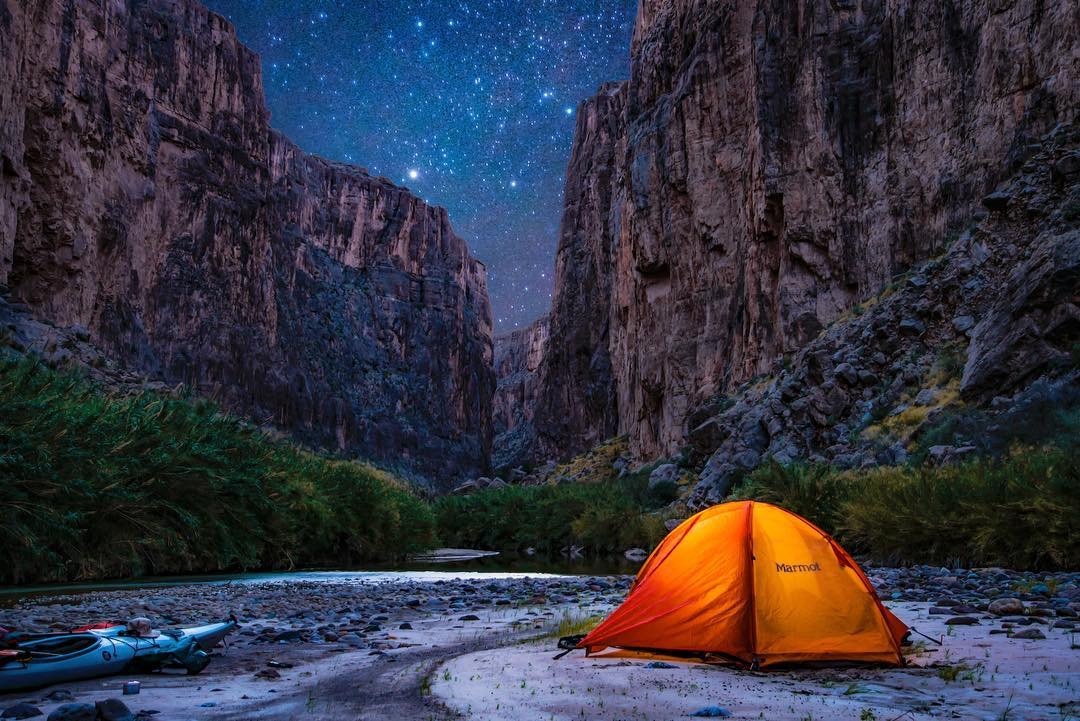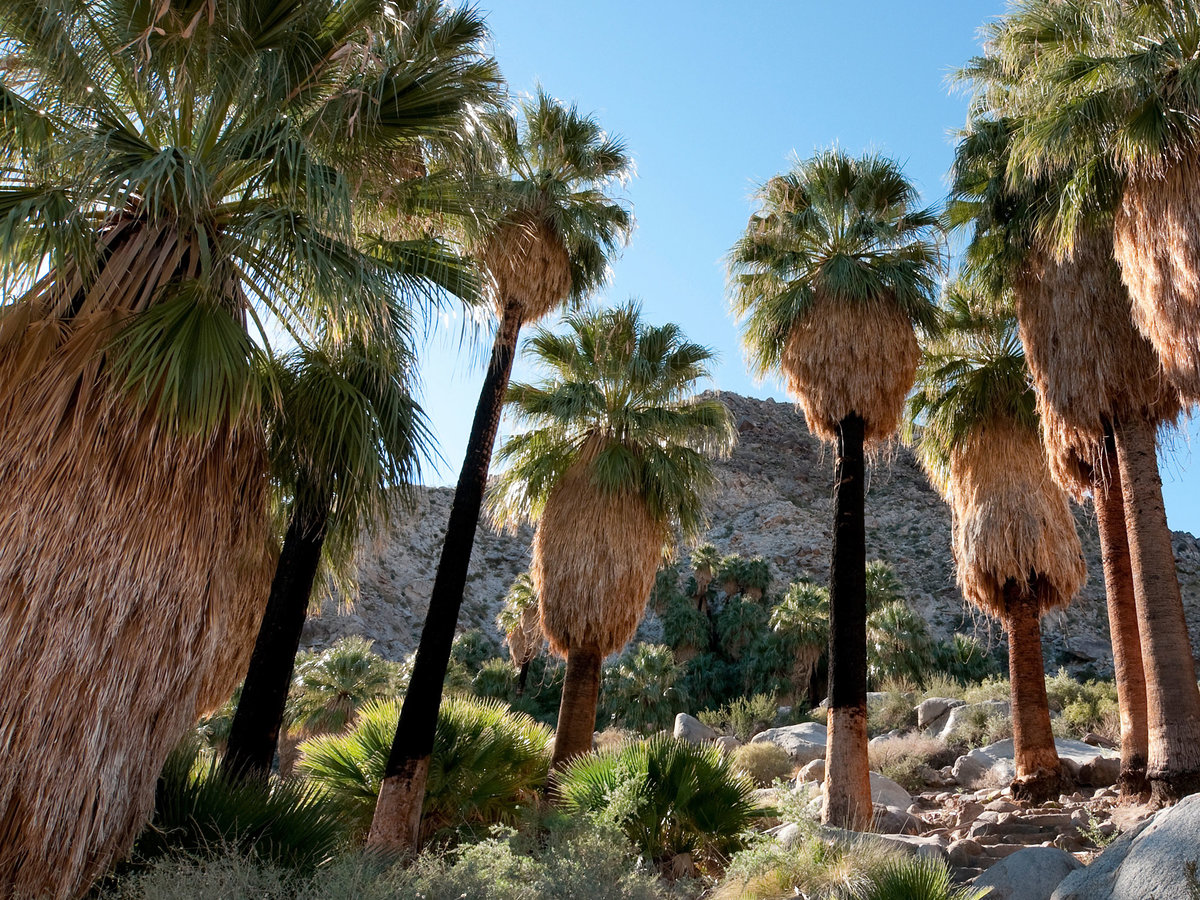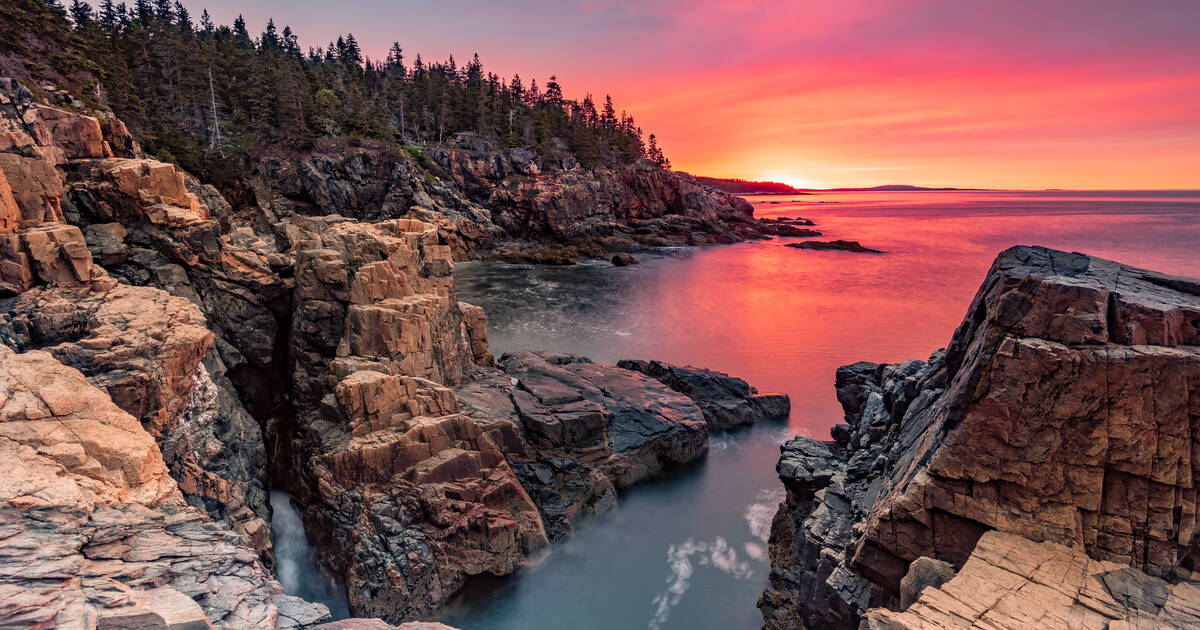Best National Parks for Stargazing and Night Sky Photography
Stargazing and night sky photography offer unique experiences that connect us with the cosmos. Away from city lights, national parks provide ideal locations for these activities.
Their expansive skies, minimal light pollution, and breathtaking landscapes make them perfect for observing celestial wonders.
This article explores some of the best national parks in the United States for stargazing and night sky photography, offering tips and highlights to help you make the most of your nocturnal adventures.
Big Bend National Park, Texas

Unparalleled Dark Skies
Big Bend National Park in Texas is renowned for its incredibly dark skies. Recognized as an International Dark Sky Park, it offers some of the best stargazing opportunities in the United States.
The park's remote location, far from urban light pollution, creates a pristine environment for observing the night sky.
Visitors can marvel at the Milky Way, constellations, and planets with the naked eye. For photographers, Big Bend provides stunning foregrounds with its rugged mountains and desert landscapes, making it an ideal spot for capturing breathtaking night sky images.
Ideal Viewing Spots
Popular stargazing locations within the park include the Chisos Basin, Rio Grande Village, and Panther Junction. These areas offer clear, unobstructed views of the sky and ample space for setting up telescopes or cameras.
Big Bend's high elevation and dry climate further enhance visibility, ensuring a memorable stargazing experience.
Special Events and Programs
Big Bend also hosts regular astronomy programs and star parties, where park rangers and local astronomers provide guided tours of the night sky. These events offer educational insights and the chance to view celestial objects through powerful telescopes, enhancing the overall experience.
Bryce Canyon National Park, Utah
Natural Amphitheater for the Stars
Bryce Canyon National Park in Utah is famous for its unique geological formations and exceptional night skies. The park's high elevation, low humidity, and remote location make it a prime destination for stargazing and astrophotography.
The park is also designated as a Gold Tier International Dark Sky Park, highlighting its commitment to preserving dark skies.
Stargazing Hotspots
The park's natural amphitheaters, filled with hoodoos and rock spires, create dramatic landscapes that provide stunning backdrops for night sky photography.
Popular stargazing spots include Sunrise Point, Sunset Point, and Inspiration Point, where visitors can enjoy unobstructed views of the stars.
Ranger-led Programs
Bryce Canyon offers an array of ranger-led astronomy programs, including full moon hikes, constellation tours, and telescope viewing sessions. These programs provide valuable information about the night sky and enhance the overall stargazing experience.
The annual Bryce Canyon Astronomy Festival is another highlight, attracting stargazing enthusiasts from around the world.
Joshua Tree National Park, California
Desert Night Skies
Joshua Tree National Park in California is another top destination for stargazing and night sky photography.
The park's unique desert environment, characterized by its iconic Joshua trees and massive rock formations, provides a stunning foreground for astrophotography.
Optimal Viewing Conditions
The park's location, away from major urban areas, ensures minimal light pollution and excellent visibility. Clear, dry desert air and high elevations further enhance the stargazing experience.
Popular spots for night sky observation include Keys View, Hidden Valley, and the Cottonwood Campground.
Night Sky Programs
Joshua Tree National Park offers a variety of night sky programs, including stargazing parties and ranger-led astronomy tours.
These events provide opportunities to learn about celestial objects and improve night sky photography skills. The park's annual Night Sky Festival is a must-attend event for astronomy enthusiasts.
Acadia National Park, Maine
Coastal Stargazing
Acadia National Park in Maine offers a unique stargazing experience along the rugged Atlantic coastline. The park's location, away from city lights, ensures dark skies and excellent visibility.
Acadia's diverse landscapes, including mountains, forests, and coastlines, provide stunning backdrops for night sky photography.
Prime Locations
Popular stargazing spots in Acadia include Cadillac Mountain, Sand Beach, and Jordan Pond. Cadillac Mountain, the highest point on the East Coast, offers panoramic views of the night sky and is a prime location for photographing the Milky Way.
Educational Programs
Acadia National Park also hosts a range of stargazing events and programs, including the annual Acadia Night Sky Festival.
This festival features astronomy talks, workshops, and guided stargazing sessions, providing visitors with a deeper understanding of the night sky and enhancing their stargazing experience.
Great Basin National Park, Nevada
Pristine Skies
Great Basin National Park in Nevada is renowned for its exceptionally dark skies and is designated as an International Dark Sky Park.
The park's remote location and high elevation make it an ideal destination for stargazing and night sky photography.
Best Viewing Sites
Wheeler Peak, the second highest peak in Nevada, offers spectacular views of the night sky and is a popular spot for stargazing.
The Lehman Caves Visitor Center is another excellent location, providing clear views and educational displays about astronomy.
Annual Events
Great Basin National Park hosts the annual Great Basin Astronomy Festival, which features telescope viewing sessions, astronomy talks, and workshops.
These events offer valuable insights into the night sky and enhance the overall stargazing experience.
Glacier National Park, Montana
Northern Skies
Glacier National Park in Montana is known for its breathtaking landscapes and pristine night skies. The park's remote location, away from urban areas, ensures minimal light pollution and excellent visibility.
Top Stargazing Locations
Popular stargazing spots in Glacier include Logan Pass, Apgar Village, and St. Mary Lake. These locations offer unobstructed views of the night sky and provide stunning backdrops for night sky photography.
Educational Opportunities
Glacier National Park offers a variety of stargazing programs, including ranger-led astronomy tours and telescope viewing sessions.
The annual Glacier National Park Astronomy Festival is a highlight, attracting stargazing enthusiasts and offering educational programs and activities.
Conclusion
Stargazing and night sky photography offer unique and awe-inspiring experiences that connect us with the cosmos. National parks in the United States provide ideal locations for these activities, offering dark skies, minimal light pollution, and stunning landscapes. Parks like Big Bend, Bryce Canyon, Joshua Tree, Acadia, Great Basin, and Glacier are prime destinations for stargazing enthusiasts and astrophotographers. By visiting these parks and participating in their astronomy programs, visitors can enjoy unforgettable experiences and capture the beauty of the night sky.
Sources
- Plan Your Visit - Big Bend National Park (U.S
- Greater Big Bend International Dark Sky Reserve
- Bryce Canyon - National Park Service
- Bryce Canyon National Park Certified as an
- Acadia Night Sky Festival




















































